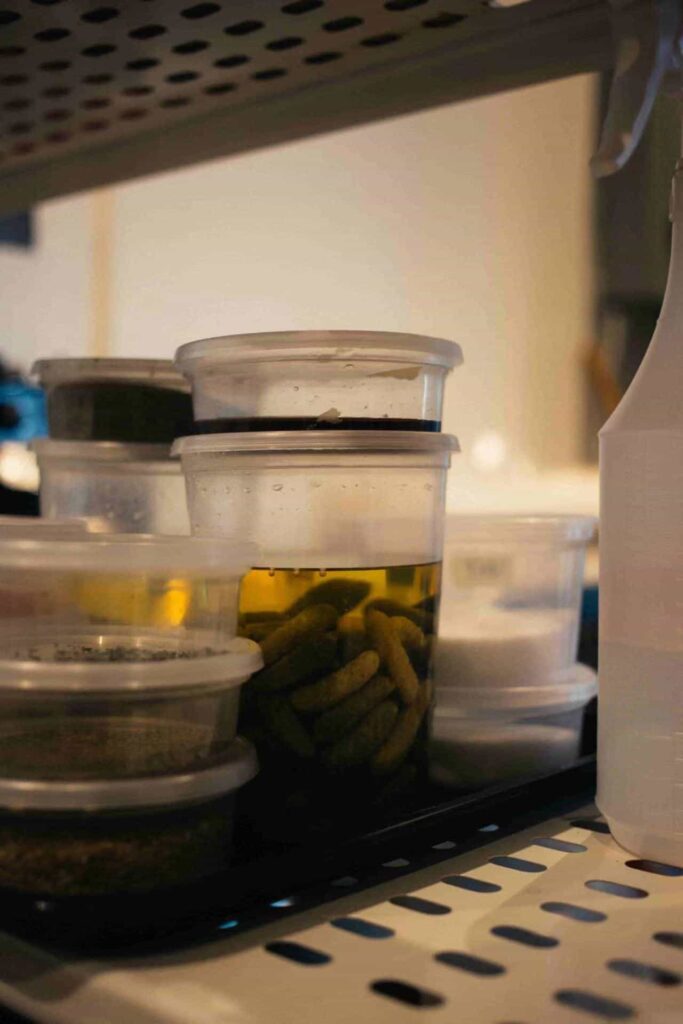Whether you’re running a commercial pickle brand, a wholesaler of empty glass bottles and jars, or simply a home enthusiast creating your pickled delicacies, the importance of effective labeling and dating cannot be overstated. This guide will provide practical tips and insights to ensure your pickling jars are compliant and appealing to your audience.
Labeling and dating your pickling jars serve multiple purposes. They ensure compliance with food safety regulations, provide crucial information to consumers, and also play a key role in branding. For businesses, it’s an opportunity to stand out on the shelves, whereas, for home picklers, it’s about ensuring quality and safety over time. Let’s dive in.
Section 1 Choosing the Right Jar
1.1 For Commercial Brands
Opt for big pickle jars or large pickle jars selling in bulk, whereas pickle glass jars of smaller sizes are perfect for individual sales. The pickle jar kitchen series might offer the aesthetic appeal you’re looking for.
1.2 For Home Picklers
Consider the size and frequency of your pickling. Mason jars and large glass pickle jars are versatile and reusable, ideal for those who pickle often and in large batches.
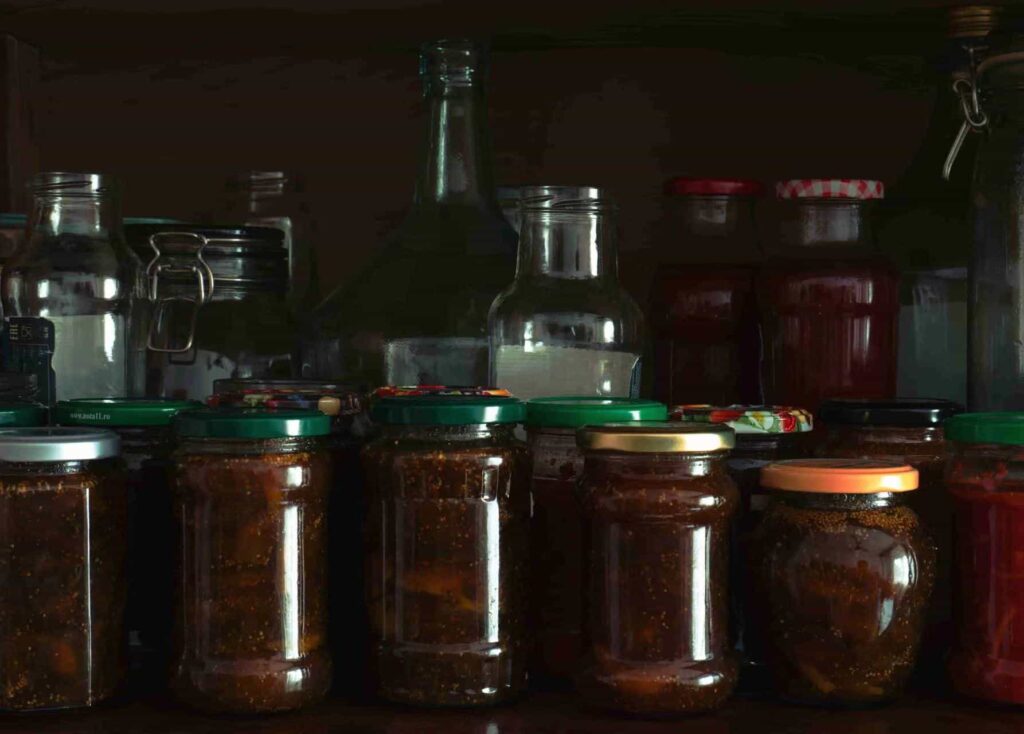
Section 2 How to label the pickle jar for Commercial Pickle Food Brands?
For commercial pickle food brands, labeling is not just about compliance. It’s also a critical aspect of product presentation, branding, and consumer communication. Here’s a comprehensive guide to effectively label your pickle jars, ensuring they meet regulatory standards while appealing to your target market.
▶ Understand Regulatory Requirements
Before designing your labels, familiarize yourself with the food labeling regulations in your target markets. This includes requirements for ingredient disclosure, nutritional information, allergen warnings, and country of origin. Regulatory compliance ensures your products can be sold legally and helps avoid costly recalls or legal issues.
▶ Design a Clear and Attractive Label
○ Branding: Your label should prominently feature your brand logo and color scheme to enhance brand recognition.
○ Product Name: Use a clear, descriptive name that indicates the type of pickles in the jar (e.g., “Crunchy Dill Pickles”). This helps consumers quickly identify the product.
○ Ingredient List: List all ingredients in descending order of weight. This is crucial for consumer trust and regulatory compliance.
○ Nutritional Information: Depending on the regulations in your market, provide a nutritional facts panel that details serving size, calories, and other key nutrients.
○ Net Content: Indicate the net weight or volume of the pickles in the jar, using the units required by your target market.
○ Manufacturer or Distributor Information: Include your company name and contact information for traceability and consumer inquiries.
○ Best Before Date and Batch Number: These are critical for quality control and consumer safety. Ensure they are printed clearly and indelibly on the label.
○ Bar Code: Include a barcode that meets the retail requirements of your target market.
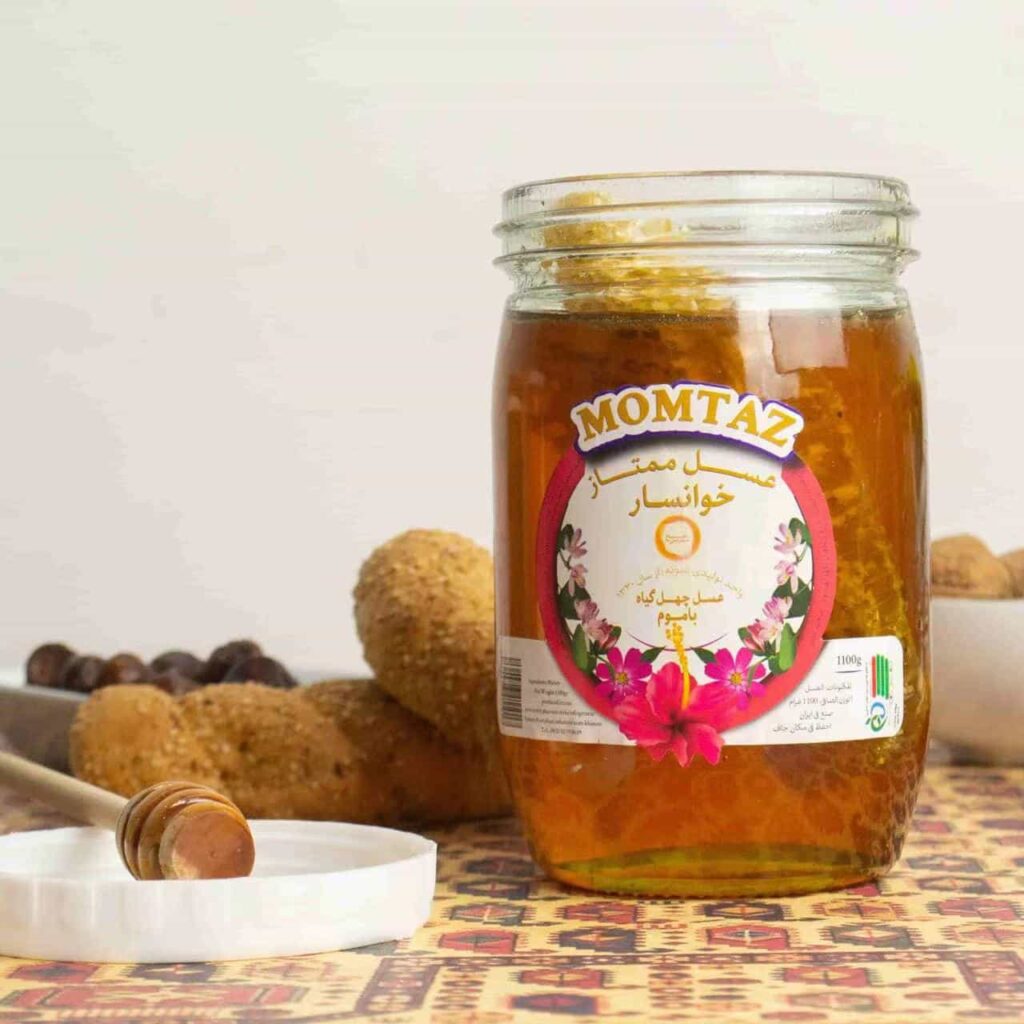
▶ Select the Right Material and Adhesive
Choose a label material that withstands exposure to moisture, oil, and varying temperatures without deteriorating or peeling off. The adhesive should be strong enough to adhere to glass surfaces, even when exposed to refrigeration or condensation.
▶ Ensure Legibility
All text on the label should be easy to read, with font size and style that are accessible to a wide range of consumers, including those with visual impairments. The contrast between the text and background colors enhances readability.
▶ Leverage the Back Label
Use the space on the back label to tell your brand’s story, suggest serving ideas, or provide recipes. This can engage consumers and encourage them to choose your brand over competitors.
▶ Compliance with Label Placement Regulations
Ensure that your labels are placed according to the regulatory requirements of your target market. This often involves specific rules about the visibility of mandatory information like nutritional facts and best-before dates.
▶ Consider Sustainability
Many consumers today are concerned about the environmental impact of packaging. Consider using labels made from recycled materials or those that are easily recyclable. This can enhance your brand’s appeal to environmentally conscious shoppers.
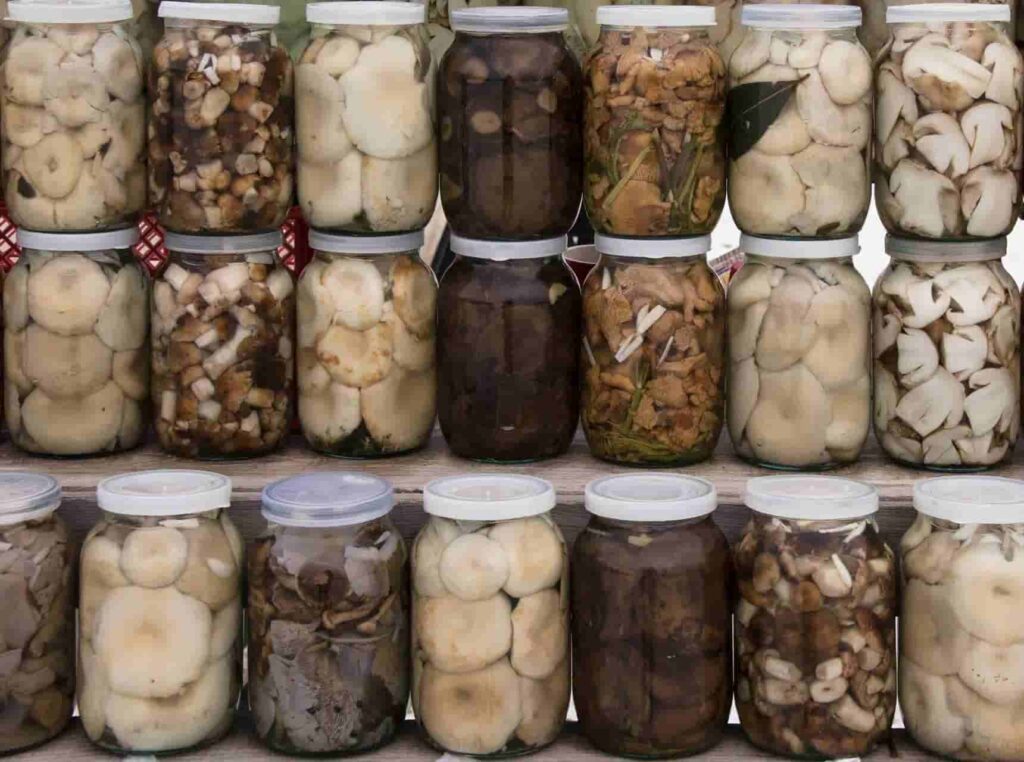
Labeling for commercial pickle food brands is a multifaceted process. It involves balancing regulatory compliance with marketing objectives. By focusing on clear, compliant, and attractive labeling, you can build trust with consumers, differentiate your products on the shelf, and ultimately drive sales. Always stay updated on labeling regulations in your target markets to ensure ongoing compliance.
Section 3 How to label the pickle jar for Homemade Pickles?
Even if you are not selling them, it is important to label your homemade pickles for family or friends. Here’s how to create effective and personalized labels for your homemade pickles, ensuring they are both informative and appealing.
▶ Basic Information to Include
○ Product Name: Specify the type of pickles. Feel free to get creative with names to make it more personal, like “Aunt Lisa’s Sweet Mustard Pickles.”
○ Date of Production: Adding the date, you made the pickles helps track their freshness and ensures they are enjoyed while at their best.
○ Ingredients List: List all the ingredients, especially for those with food sensitivities. It’s a thoughtful way to ensure everyone can enjoy your pickles safely.
▶ Add Storage and Consumption Guidelines
○ Best Before Date: Although homemade pickles can last a long time, a suggested “best before” date encourages consumption while they are still at their peak. A general guideline could be one year from the date of production.
○ Storage Instructions: Simple instructions like “Keep Refrigerated” or “Best Enjoyed Within a Month of Opening” will help maintain the quality and safety of your pickles.
▶ Personalize Your Labels
○ From the Kitchen: Add a personal touch by including your name or your family’s name on the label, such as “From the Kitchen of the Johnsons.”
○ A Personal Note or Story: Share a brief story about the recipe’s origin or why it’s special to your family. This adds a unique touch, especially when gifting.
○ Serving Suggestions: Offer tips on how to enjoy the pickles, like pairing suggestions with meals or dishes.
▶ Designing Your Label
○ Material: Choose label materials that can handle moisture if the jars will be refrigerated. Adhesive labels or even hang tags tied around the neck of the jar can add a rustic charm.
○ Fonts and Colors: Select fonts and colors that reflect the mood or season. Bright colors and playful fonts are great for summer pickles, while richer tones and elegant fonts suit fall harvests.
○ Graphics: Incorporate simple graphics, such as illustrations of cucumbers, peppers, or herbs, to visually represent the contents.

▶ Applying the Labels
Ensure the jars are clean and completely dry before applying the labels. If you’re using adhesive labels, apply them smoothly to avoid air bubbles. For tie-on tags, consider decorative string or ribbon for an added festive touch.
▶ DIY Label Tips
○ Handwritten Labels: For a more personal touch, consider handwriting your labels on plain tags or stickers. This adds a bit of warmth and personality to each jar.
○ Use of Templates: Many online resources offer free label templates that you can customize and print at home. This can save time while still allowing for personalization.
○ Recycled Materials: For an eco-friendly option, consider making labels from recycled paper or materials you already have at home. This approach is not only environmentally friendly but also adds a unique, rustic look to your jars.
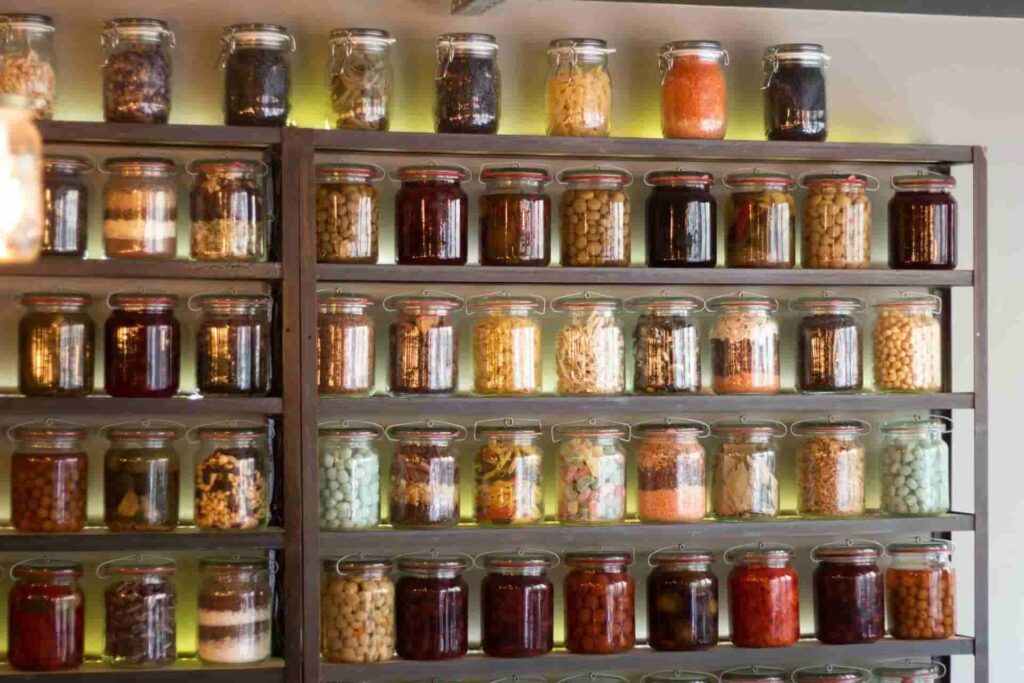
Labeling your homemade pickle jars for family and friends is a fun and thoughtful process. It not only provides essential information about the contents. But also allows you to express creativity and personal care. With these tips, your pickled creations are sure to be a hit, whether they’re lined up in your pantry or gifted to loved ones.
Effective labeling and dating of your pickle jars are more than just a regulatory requirement; they are an extension of your brand and a testament to the quality of your product. Whether you’re a commercial brand reaching out to a global market or a home enthusiast sharing your creations with friends and family, paying close attention to these aspects will ensure your pickles are always presented in the best light.
For additional details or inquiries, feel free to reach out to us. We offer a wide selection of wholesale glass pickle jars in various sizes and shapes, tailored to meet your needs. Your inquiries are welcome, and we look forward to assisting you.
